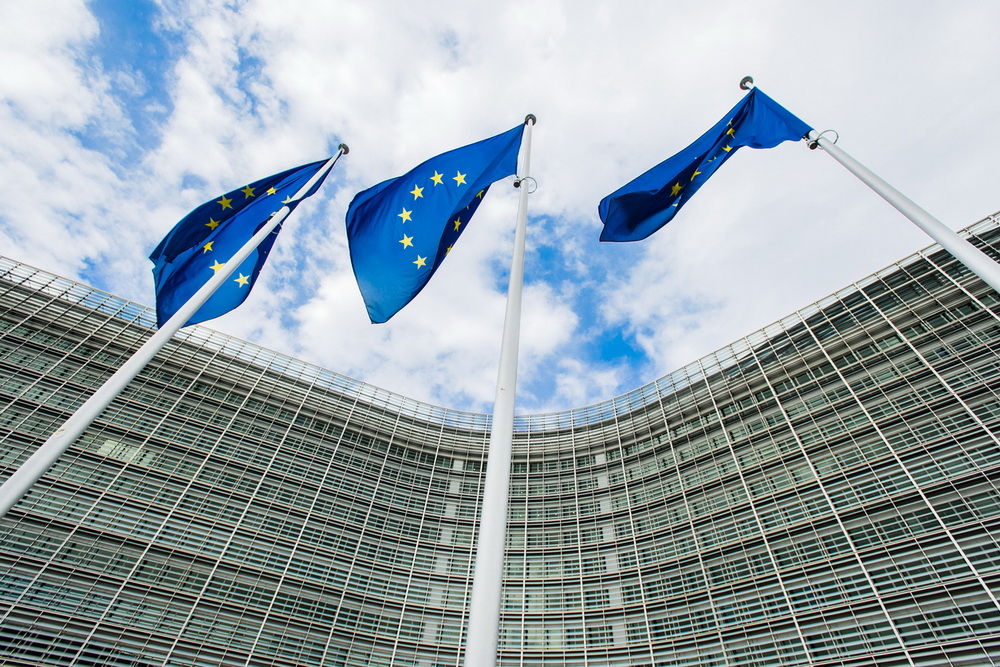EU's Flawed AI Legislation Creates Major Hurdles

In the ever-evolving landscape of technology, the European Union (EU) has positioned itself as a leader in digital regulation. However, when it comes to artificial intelligence (AI), the EU’s approach has been marred by a series of inconsistencies that pose significant challenges for various stakeholders. From policymakers to AI developers and businesses, understanding these inconsistencies is key to navigating and shaping the future of AI within the region.
The Importance of AI Legislation in the EU
As AI technologies continue to advance, the need for robust legislation becomes increasingly critical. With AI’s ability to transform industries, enhance productivity, and deliver innovative solutions, ensuring these technologies are effectively regulated ensures they are developed and deployed responsibly. The EU’s legislative framework, particularly its General Data Protection Regulation (GDPR) , has served as a model for digital privacy laws worldwide. Yet, when it comes to AI, the EU’s regulatory framework appears fragmented and misaligned with its digital ambitions.
Key Inconsistencies in EU AI Legislation
- Vague Definitions : One major issue is the lack of clear and consistent definitions surrounding AI. Various EU directives and regulations describe AI in different terms, creating confusion and leaving room for interpretation.
- Regulatory Overlaps : AI technologies often intersect with multiple areas, such as data privacy, consumer rights, and competition law. These overlaps can lead to conflicting regulatory requirements that complicate compliance for businesses.
- Lack of Harmonization : EU member states have varying levels of progress in AI adoption, which leads to a patchwork of national regulations. This lack of harmonization impedes cross-border AI innovation and deployment.
The Impact on Businesses and Developers
The inconsistencies in AI legislation have a ripple effect on businesses and developers operating within the EU. Companies striving to harness AI’s potential must navigate a complex web of regulations that differ from one jurisdiction to another. These hurdles can lead to significant delays and increased costs , stifling innovation and discouraging investment in AI projects.
Challenges Faced by AI Developers
- Compliance Complexities : AI developers must dedicate substantial resources to ensure their technologies comply with varying EU regulations. This can divert focus from research and development efforts.
- Data Access Limitations : AI relies on vast amounts of data for model training and improvement. Conflicting data protection rules across countries can limit developers’ access to the necessary data, curbing progress.
- Uncertain Liability Rules : Inconsistencies in liability rules for AI systems create uncertainties for businesses, regarding who bears responsibility when AI systems cause harm or malfunction.
Implications for Policy Makers
EU policymakers are tasked with crafting legislation that fosters AI innovation while mitigating potential risks. To address existing inconsistencies, they should consider several strategies:
Strategies for Improved AI Legislation
- Unified AI Framework : Establishing a cohesive and unified framework would provide clarity and consistency across member states. This framework should include common definitions and address regulatory overlaps.
- Stakeholder Collaboration : Engaging with AI developers, businesses, and academia can provide valuable insights into the practical challenges faced by those at the forefront of AI innovation.
- Adaptive Regulation : Adopting a flexible regulatory approach that can evolve alongside technological advancements ensures laws remain relevant and effective.
Looking Ahead: The Road to Consistent AI Legislation
Efforts to streamline AI legislation within the EU are crucial in establishing the region as a leader in AI governance. A well-aligned regulatory environment can enhance the EU’s competitiveness and attract global AI talent and investment.
To achieve this, collaboration between EU institutions and member states, as well as open dialogue with industry stakeholders, will be essential. By addressing existing inconsistencies and implementing forward-thinking strategies, the EU can overcome the challenges of AI regulation, enabling the responsible development and deployment of AI technologies across the region.
In conclusion, the current inconsistencies in AI legislation in the EU present significant challenges that must be addressed promptly. As businesses and developers navigate this complex landscape, a concerted effort from policymakers to establish cohesive, inclusive, and adaptive frameworks will be pivotal in unlocking the full potential of AI within the European Union.
Subscribe to keep reading
It's a subscribers only post. Subscribe to get access to the rest of this post and other subscriber-only content.
Post a Comment for "EU's Flawed AI Legislation Creates Major Hurdles"
Post a Comment